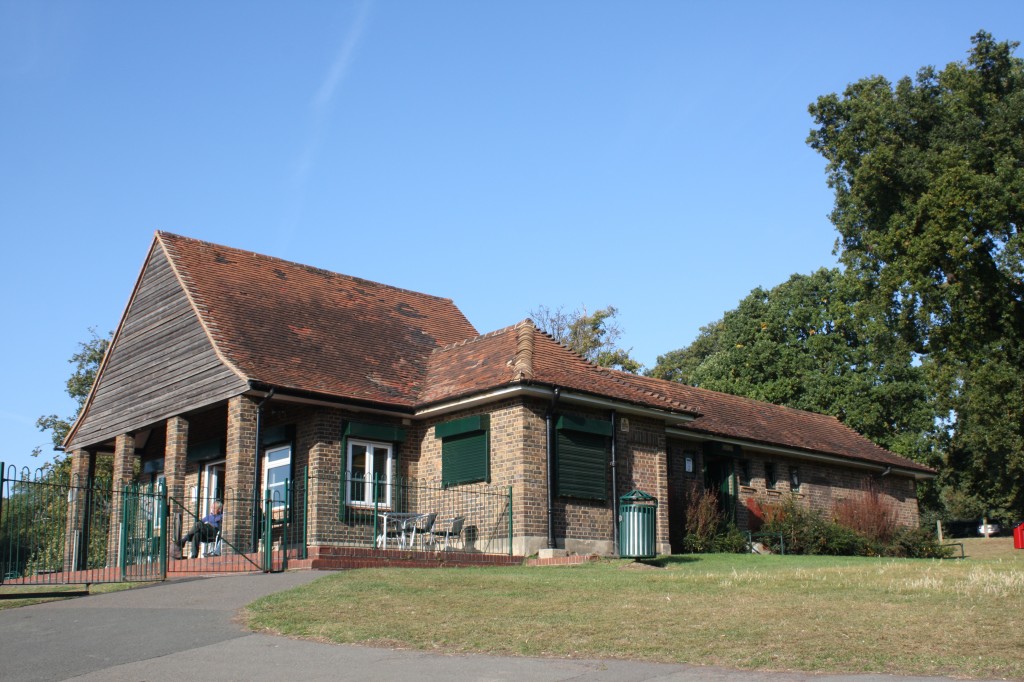
Transport for London have published the dates and details of local bus route changes when the Olympic and Paralympic test events take place over the next month. The changes are needed because Ha Ha Road is closed from 15th April to 7th May and Repository Road from 16th April to 29th April. Bus routes 161, 178, 291, 386, 469, 486 will be affected. A temporary new bus route, the 561, will go to the Queen Elizabeth Hospital from Chiselhurst between 15th and 28th April:
On the days that both Ha-Ha Road and Repository Road are closed, route 161 will not serve Queen Elizabeth Hospital. Instead a new, temporary service – route 561 – will operate between Chislehurst and Queen Elizabeth Hospital (west entrance). This service has been provided in response to concerns from residents in Eltham, Mottingham and Chislehurst. All other routes will continue to serve the hospital via the west entrance.
The two events are the ISSF World Cup Shooting from 17th-29th April, which the LondonTown web site describes as:
The world’s top elite marksmen compete in this international rifle, pistol and shotgun competition which also serves as an Olympic qualification and Test Event ahead of London 2012. The 11-day ISSF World Cup event will be the ideal opportunity for both competitors and spectators to get a taste of the historic Royal Artillery Barracks in Woolwich, which will host the Olympic shooting competitions this summer.
and the Paralympic Archery Test Event from 4th-6th May:
International Paralympic archers trial out standing and wheelchair events for individuals and teams in this four-day Olympic test event at the Royal Artillery Barracks in Woolwich. The event is part of the London Prepares series, which runs high-profile tests and trials all all London 2012 venues and for all events ahead of this summer’s Olympic bonanza.
There will only be between 240 and 440 people attending on any one day so it has been decided that the proposed controlled parking zone in the area will not be required. Tickets will not be on sale to the general public, though Royal Greenwich Council will have about 17% of the tickets to distribute to local residents and 6% of tickets will go to local community groups.
Incidentally the Olympics Controlled Parking Zone seems to have changed in the Olympic Delivery Authority document from the previous map – the shapes of the borders are different. I guess the details are still under discussion, but I’m sure “they” will let us know before 27th July.

















